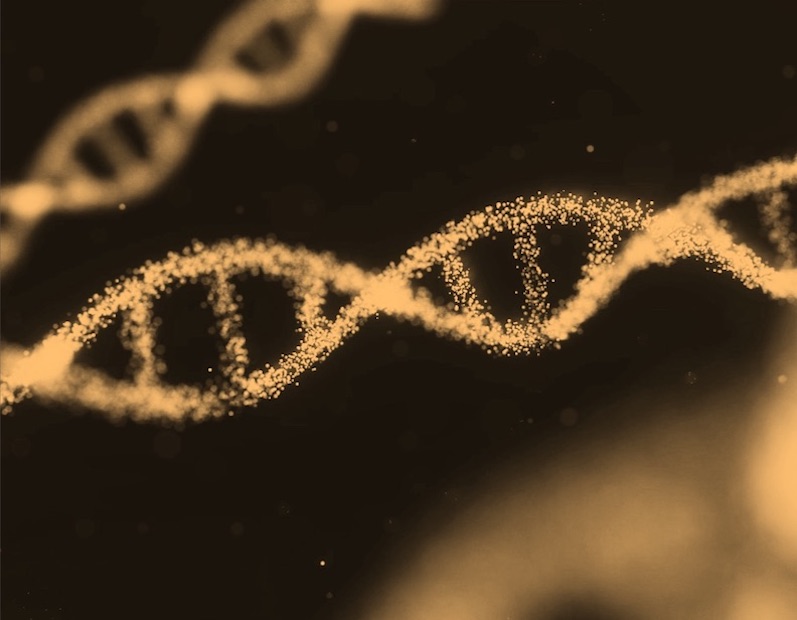What is it about?
Presently, Internet of Things (IoT) and wearables have become advanced technologies that intend to ease life and aid people in every aspect of life. They find use in smart healthcare where several wearables and IoT devices are used to monitor the health status of the patients. At the same time, Alzheimer’s disease (AD) is a dynamic, permanent, and neuro-degenerative illness that mainly affects elder people and it progressively degrades the efficiency of the brain, thereby affects memories, learning, and behaviors. The advent of machine learning algorithms has led to the design of IoT and wearables-enabled automated AD diagnosis and classification model. In this view, this chapter introduces an effective IoT and wearables-enabled AD detection and classification model using stacked sparse autoencoder (ADC-SSAE). The proposed ADC-SSAE model enables the wearables to collect patient data and medical examination takes place on the captured data. In addition, the region of interest extraction and bilateral filtering based preprocessing take place to raise the image quality. Besides, local texton XOR patterns (LTxXORP) model is applied as a feature extractor to derive a useful set of features from the preprocessed data. At last, SSAE model is utilized as a classification model to determine the proper class labels of the applied input data. An extensive range of simulations was performed to highlight the better outcome of the ADC-SSAE model. The experimental values obtained by the ADC-SSAE model have ensured the efficacy of the ADC-SSAE model over the compared methods.
Featured Image
Why is it important?
The integration of IoT and wearables in healthcare represents a cutting-edge approach to monitoring and managing health conditions. This technology facilitates real-time data collection directly from patients, enabling continuous health monitoring without the need for constant clinical visits. Alzheimer’s disease is a critical public health issue, particularly with an aging global population. The development of automated tools for early diagnosis and classification of AD can significantly impact patients' and caregivers' lives. Early detection is crucial for managing symptoms, planning for the future, and potentially slowing the progression of the disease.
Perspectives
The adoption of IoT and wearable technologies in healthcare signifies a transformative shift towards more personalized, precise, and proactive management of health conditions. This perspective highlights the potential for these technologies to revolutionize how healthcare is delivered, particularly for chronic and degenerative diseases like AD, by enabling continuous monitoring and early detection. The development of the ADC-SSAE model represents a significant stride in combating Alzheimer’s disease. This perspective focuses on the importance of early and accurate diagnosis in managing AD, leveraging advanced data analysis techniques to detect subtle patterns associated with the disease's onset. This approach can lead to earlier interventions, potentially slowing the disease's progression and offering patients a better quality of life.
Balajee Maram
SR University
Read the Original
This page is a summary of: Internet of things and wearables-enabled Alzheimer detection and classification model using stacked sparse autoencoder, January 2022, Elsevier,
DOI: 10.1016/b978-0-323-85854-0.00012-5.
You can read the full text:
Contributors
The following have contributed to this page







